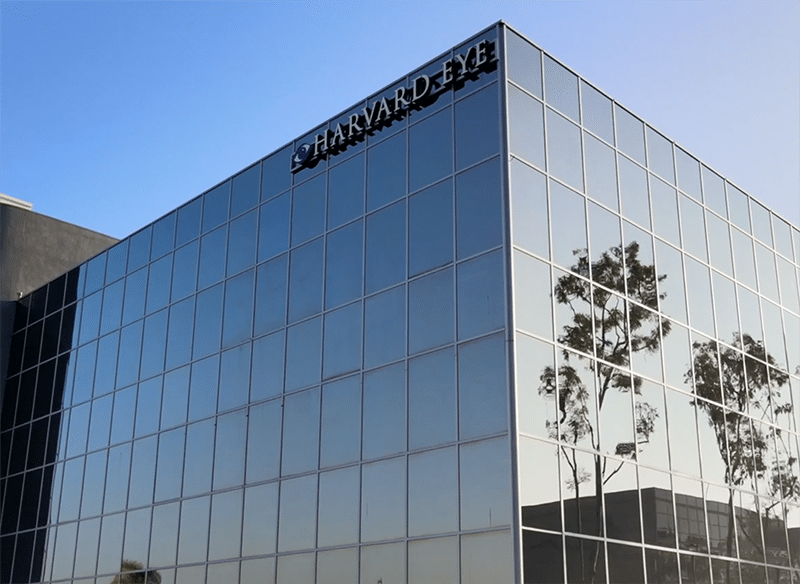 Myopia is the medical term for nearsightedness which is caused by a refractive error many people are born with or develop as they age. Myopia is the most common refractive error of the eye. If you are nearsighted, you typically will have difficulty reading road signs and seeing distant objects clearly, but will be able to see well for close-up tasks such as reading and computer use. Other signs and symptoms of myopia include squinting, eye strain and headaches. Feeling fatigued when driving or playing sports also can be a symptom of uncorrected nearsightedness. Myopia is not a disease, but rather a condition.
Myopia is the medical term for nearsightedness which is caused by a refractive error many people are born with or develop as they age. Myopia is the most common refractive error of the eye. If you are nearsighted, you typically will have difficulty reading road signs and seeing distant objects clearly, but will be able to see well for close-up tasks such as reading and computer use. Other signs and symptoms of myopia include squinting, eye strain and headaches. Feeling fatigued when driving or playing sports also can be a symptom of uncorrected nearsightedness. Myopia is not a disease, but rather a condition.
What Causes Myopia?
Unlike farsighted individuals, who have a shorter eyeball, myopic patients typically have a longer eyeball. This causes light rays to focus at a point in front of the retina, rather than directly on its surface.
Myopia also can be caused by the cornea and/or lens being too curved for the length of the eyeball. In some cases, myopia is due to a combination of these factors.
Myopia typically begins in childhood and you may have a higher risk if your parents are nearsighted. In most cases, nearsightedness stabilizes in early adulthood but sometimes it continues to progress with age.
If you’re nearsighted, the first number (sphere) on your eyeglasses prescription or contact lens prescription will be preceded by a minus sign (–). The higher the number, the more nearsighted you are.
Myopia Treatment Options
Myopia can be corrected with glasses, contact lenses or refractive surgeries: PRK or LASIK. Depending on the degree of your myopia, you may need to wear your glasses or contact lenses all the time or only when you need very clear distance vision, like when driving or watching a movie. Refractive surgery can reduce or even eliminate your need for glasses or contacts. These procedures are performed with an excimer laser.
In PRK the laser removes a layer of corneal tissue which flattens the cornea and allows light rays to focus more accurately on the retina.
In LASIK — the most common refractive procedure — a thin flap is created on the surface of the cornea, a laser removes some corneal tissue, and then the flap is returned to its original position.
There are many options for patients with myopia. Your surgeon can help choose the right treatment for your unique vision needs. Contact Harvard Eye Associates today at 949-951-2020 or harvardeye.com to learn more about myopia treatment in San Clemente.




